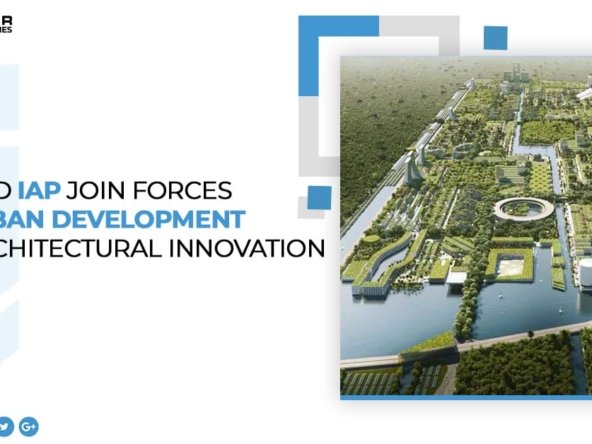Zaha Hadid Architects wins the competition for the construction of Phase II of the Beijing
Zaha Hadid Architects (ZHA), founded by Pritzker Architecture Award winner Zaha Hadid, won the design competition for the construction of the second phase of the Beijing International Exhibition Center. The announcement comes just weeks after it was confirmed that the architects will work on two new projects: the HKUST student residence in Hong Kong and Tower C in Shenzhen Bay.
As China’s cultural, academic and civic center, Beijing has also become one of the world’s scientific research and communication centers. With its station on line 15 of the Beijing subway, the International Exhibition Center is located near the international airport of the capital city and has grown to become an important venue for conferences, trade fairs and industry exhibitions attended by delegates from Worldwide. Coinciding with the growth of the city, ZHA will significantly expand the new exhibition space of 438,500 square meters, further strengthening the city’s position as a leading center of international knowledge and exchange
YOU CAN ALSO READ: DISCOVER KALAM
ZHA’s design is organized as a series of interconnected lines and geometries referencing the textures of glazed tubular ceramic tile roofs found in traditional Chinese architecture. This configuration also allows for seamless relationships between the showrooms, the conference center and the hotel. Finished in copper color, the scheme incorporates large recessed windows that give more expression to the visually dynamic envelope.
A central north-south axis is the main connecting space between the east and west exhibition halls; providing functional clarity, maximum flexibility and efficiency, as well as defining shared courtyards for informal meetings and relaxation in gardens, cafes and public spaces for outdoor events. Secondary bridges on the upper levels add an extra layer of connectivity between the downtown facility network. Meanwhile, the movement of people, goods and vehicles is divided into three separate paths to aid circulation, provide optimal adaptability and avoid disruption of ongoing events.
The architects designed a composite ceiling system to isolate the interior environment and provide maximum sound absorption. “The symmetrical geometries of the ceiling create a bright, efficient and lightweight structure to provide a flexible, column-free space that can quickly adapt to changes in exposure and the nature of use; its materiality and industrial scale balanced with its fluid architectural language, “explains ZHA. Modular construction and fabrication methods will minimize project construction time and operating costs.
The solar panels will also harvest renewable energy, while an intelligent building management system will adjust the center’s hybrid ventilation as needed, ensuring optimal natural ventilation supported when needed by highly efficient HVAC equipment to improve indoor air quality and further reduce more electricity demand.
Rainwater harvesting and greywater recycling will complement the vast gardens and natural landscape. And as if that weren’t enough, advances in sustainable building technologies will help achieve the minimum embedded carbon and emissions target.
For more news, please visit Landster blog.










